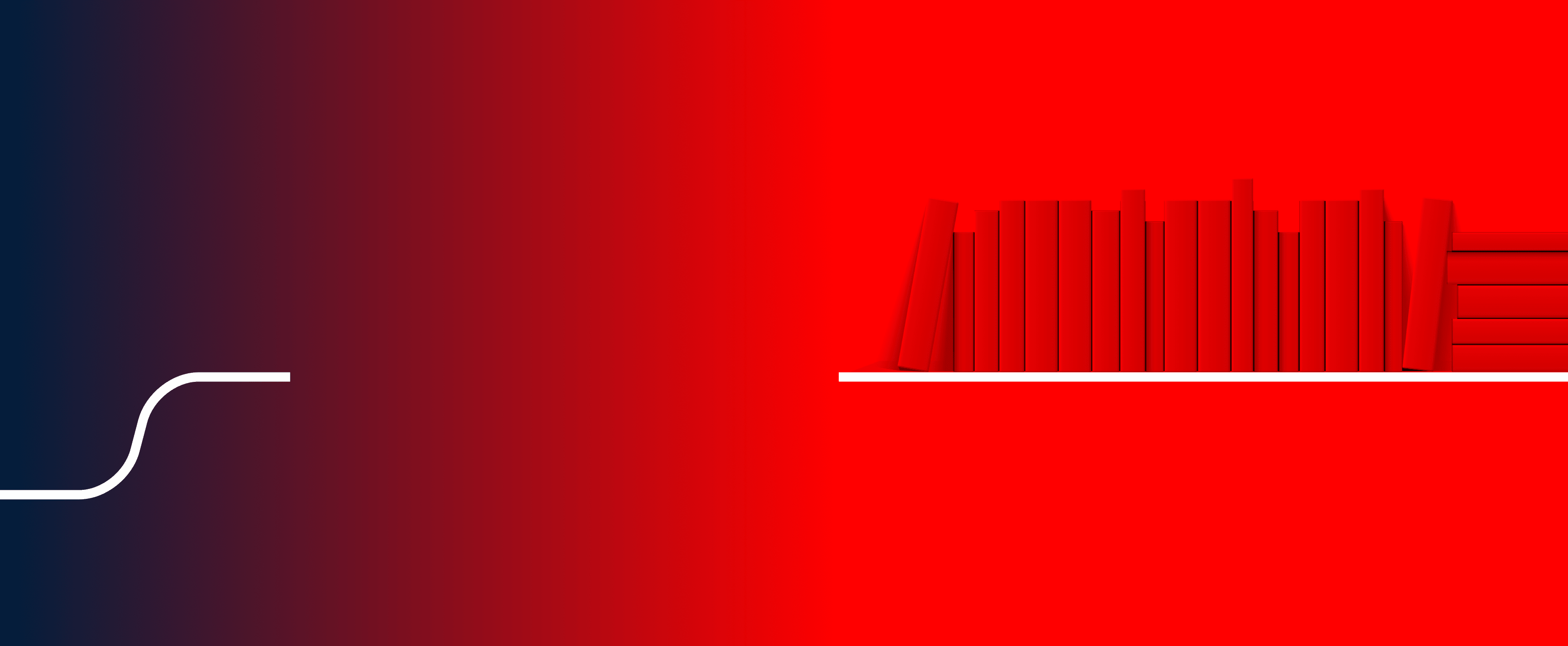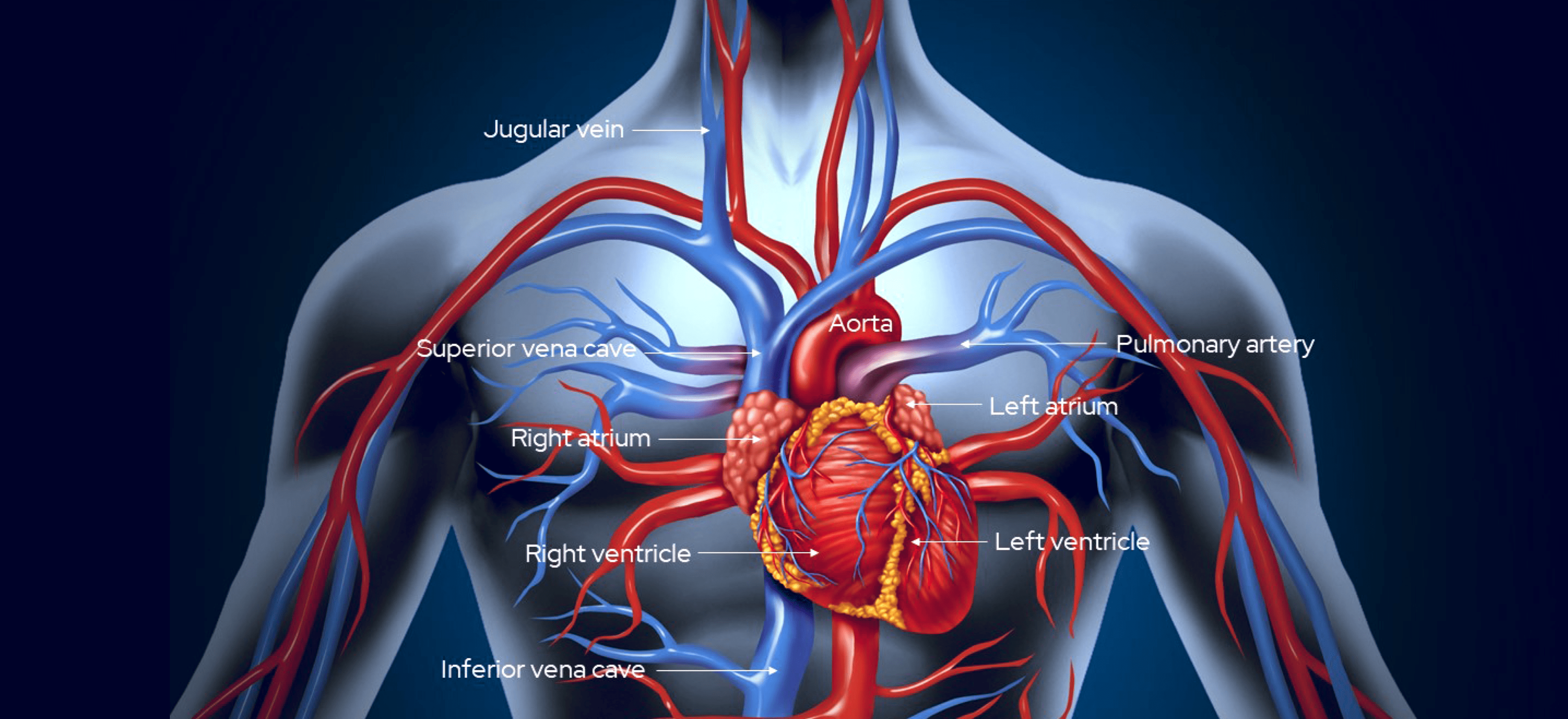
Knowledge center


The aorta is the largest artery in the body. It carries the oxygenated blood directly from the left ventricle of the heart, and extends down to the abdomen, where it divides into smaller arteries, distributing oxygenated blood to the body.
Arteries are blood vessels that deliver oxygen-rich blood from the heart to the tissues of the body.
The heart is divided into four chambers. The two upper chambers are called atriums, and the two lower (larger) ones are called ventricles. The atriums prime the heart with blood to pump out to the body. The left atrium (LA) receives blood from the pulmonary vein, having been oxygenated by the lung. The right atrium (RA) receives unoxygenated blood from the vena cava (venous circulation – returning blood to the heart). Both atriums receive blood while relaxed (known as diastole). When the heart beats/contracts (known as systole) the blood is pumped from each atrium into its corresponding ventricle.
Blood Pressure is measured to indicate the force applied by the heart to pump blood through the body. It is measured in millimeters of mercury (mmHg) as follows:
- SBP – Systolic Blood Pressure – the pressure measured when the heart pumps the blood out to the body.
- DBP – Diastolic Pressure – the pressure measured when the heart rests in between beats.
The carotid arteries are present on both the left and right sides of the body and are responsible for the supply of oxygenated blood to the head and neck. The average diameter of the carotid arteries in adults is 6.5mm (males) and 6.1mm (females).












